About Iguanodon
| Scientific Name (Genus) | Iguanodon |
| Meaning of Name |
Iguana tooth
iguana (iguana) [Spanish] - odōn (tooth) [Greek] |
| Classification | Ornithischia, Ornithopoda (Iguanodontia) |
| Total Length | Approx. 6 - 10m |
| Diet | Herbivorous |
| Period | Early Cretaceous |
| Species | Iguanodon bernissartensis |
| Year of Paper Publication | 1825 |
| Genus Name Publication |
Notice on the Iguanodon, a newly discovered fossil reptile, from the sandstone of Tilgate forest, in Sussex.
Philosophical Transactions of the Royal Society. 115 by Mantell, Gideon A. 1825. |
Features
Iguanodon's forelimbs (hands) had an amazing structure, like a "Swiss Army knife," with each of its five fingers serving a different role.
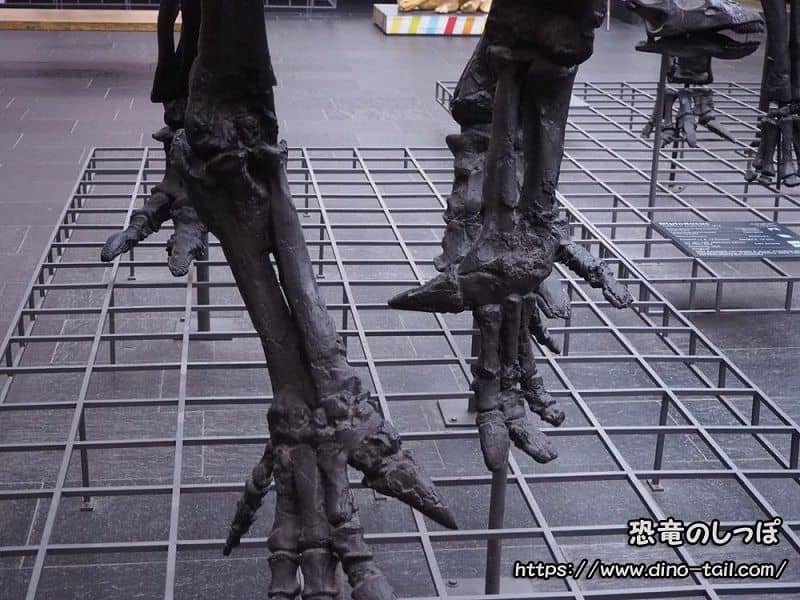
Senckenberg Naturmuseum, Germany.
- First digit (thumb): A sharp, conical spike. It is thought to have been used as a weapon or to break open hard fruits and seeds, but its exact purpose remains a mystery.
- Second, third, and fourth digits (index, middle, and ring fingers): The tips were hoof-like and served to support its weight. These three fingers were on the ground during quadrupedal locomotion.
- Fifth digit (pinky): It could move in a different direction from the other fingers, was flexible, and had the ability to grasp objects. It is thought to have been useful for pulling down branches to eat.
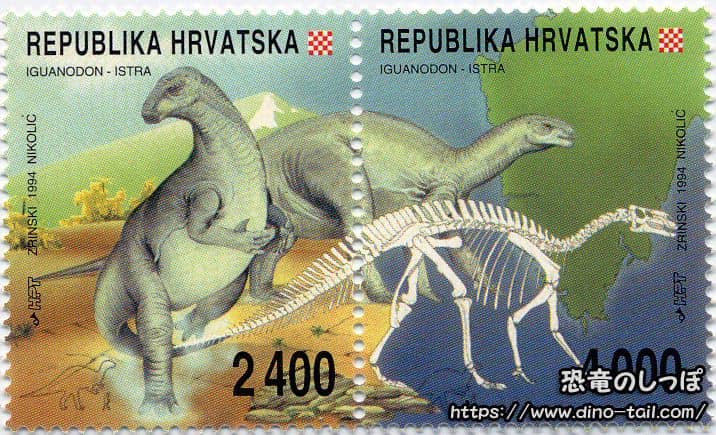
It is estimated to have been about 6-10 meters long and weighed 4-5 tons. It is thought to have normally walked on four legs and run on two.
Its mouth had a dental battery (a dense arrangement of many teeth) and it performed highly efficient chewing through a process called pleurokinesis , where the bones of the upper jaw moved outwards while grinding.
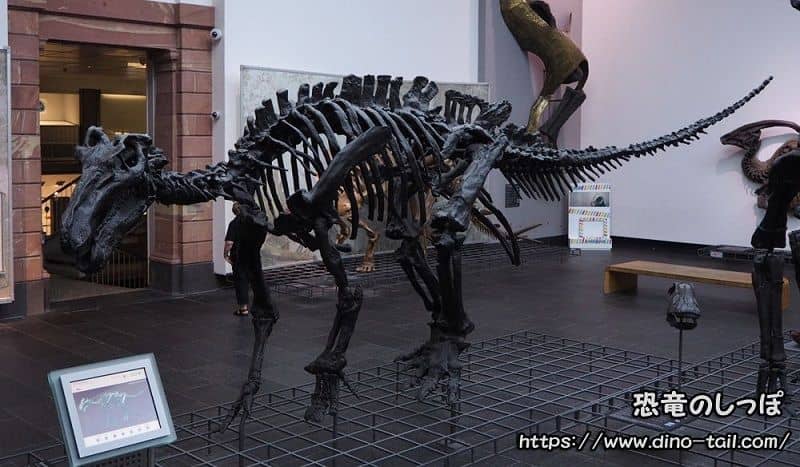
Senckenberg Naturmuseum, Germany.
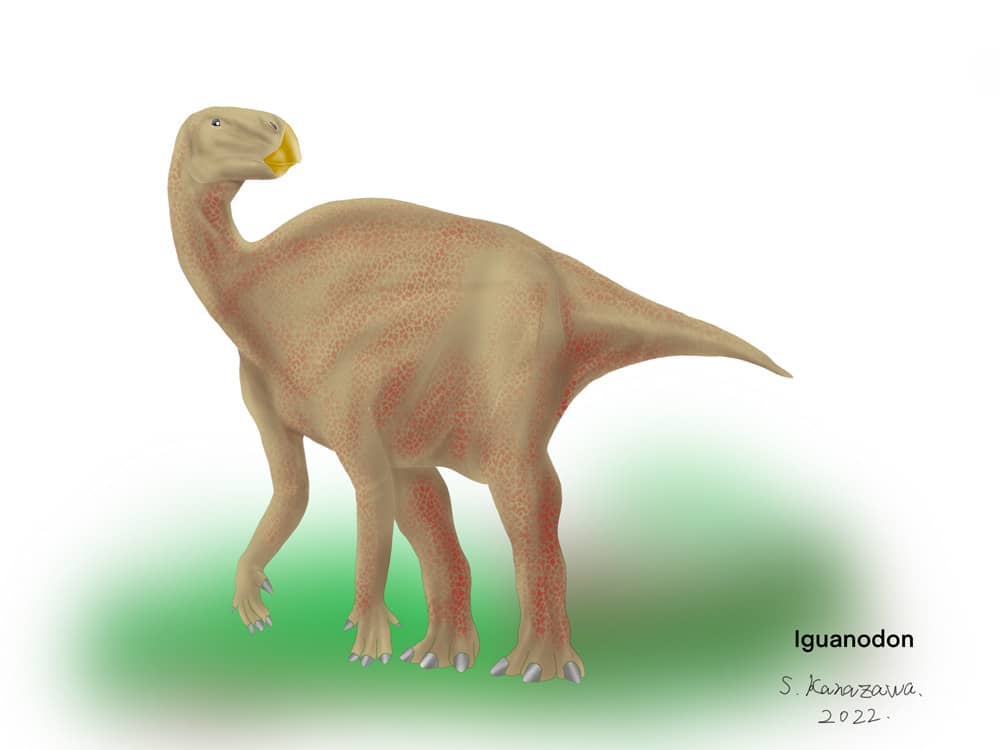
Where Iguanodon Lived
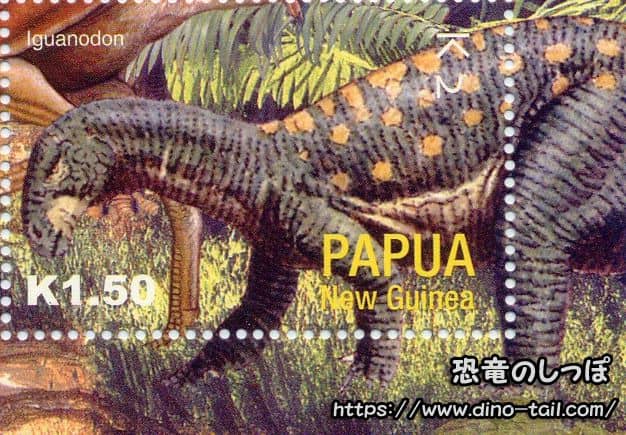
Iguanodon fossils have been found over a wide area, including Europe, Asia, and North America.
In 1878, more than 30 complete skeletons were found in the Bernissart coal mine in Belgium.
During the Early Cretaceous, the Bernissart area was where a river flowed into a large lake, and it is believed that over a long period, carcasses and bones washed downstream and accumulated there. It seems Iguanodon was a genus with a large population spread over a wide area.
Excavation at the Bernissart mine was halted in 1881. At that time, it was likely that other Iguanodon individuals were still buried there.
During World War I, when German forces occupied the area, there were plans to excavate for paleontological research, but they never materialized. Even after Belgium regained control of the mine, excavation was not resumed due to financial problems. The mine was completely flooded and closed in 1921. There are likely still Iguanodons buried there.
The fossils from the Bernissart mine are also important in the history of dinosaur reconstruction. The skeletons, reconstructed by Louis Dollo and others, were initially depicted in an upright, kangaroo-like posture, dragging their tails. This was a significant step forward from the four-legged, iguana-like posture. Further research has since led to the current understanding that they walked with their tails held horizontally to the ground in a more balanced posture.
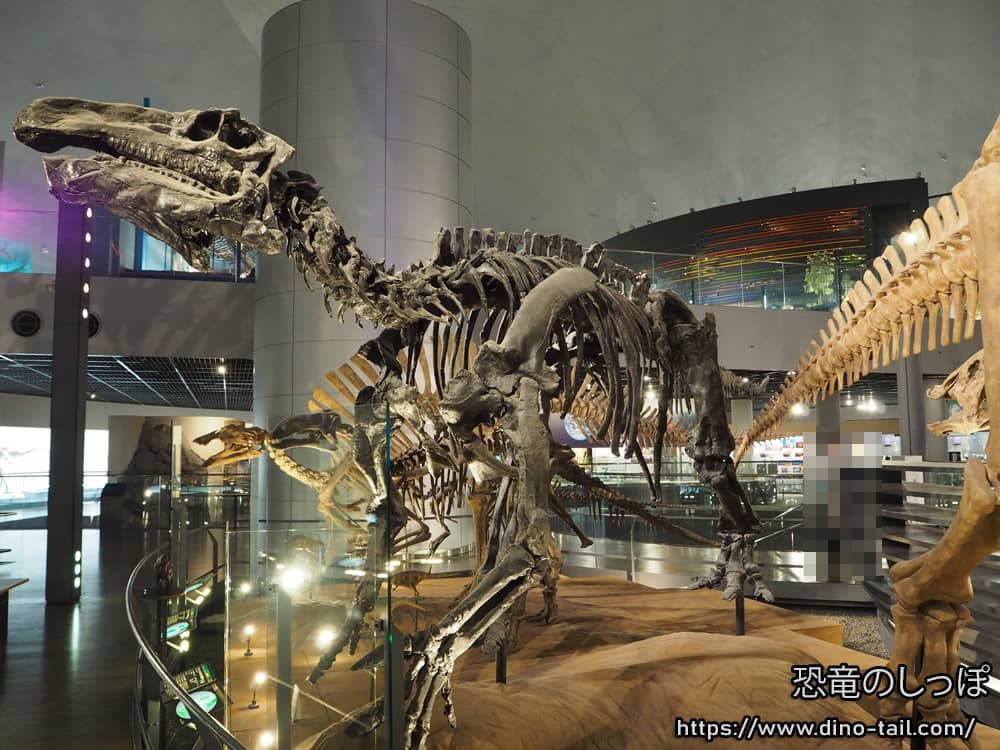
The First Dinosaur to Be Studied
Iguanodon fossils were discovered in 1821, even before the term 'Dinosauria' existed.
Notice on the Iguanodon, a newly discovered fossil reptile, from the sandstone of Tilgate forest, in Sussex. Philosophical Transactions of the Royal Society. 115 by Mantell, Gideon A. 1825.
Gideon Mantell, a country doctor in England, discovered a large tooth fossil (some say his wife found it). Mantell was a passionate paleontologist who often went fossil hunting alongside his medical practice. On this day, while walking and observing a road dug up for construction on his way back from a patient's visit, he came across the giant tooth.
Even famous naturalists and Richard Owen, who would later become the director of the British Museum of Natural History, identified it as a "mammal's tooth," but Mantell continued his research, and it was eventually recognized as a new species of reptile.
In 1825, Mantell named the owner of the tooth he discovered (a giant Mesozoic reptile) "Iguanodon" (meaning "Iguana tooth") (*1).
In 1834, a well-preserved Iguanodon fossil was excavated from the Greensand Formation in Kent, southeastern England. Based on this fossil, a reconstruction of Iguanodon's living appearance was created, but the sharp first digit was mistakenly placed on its nose as a horn.
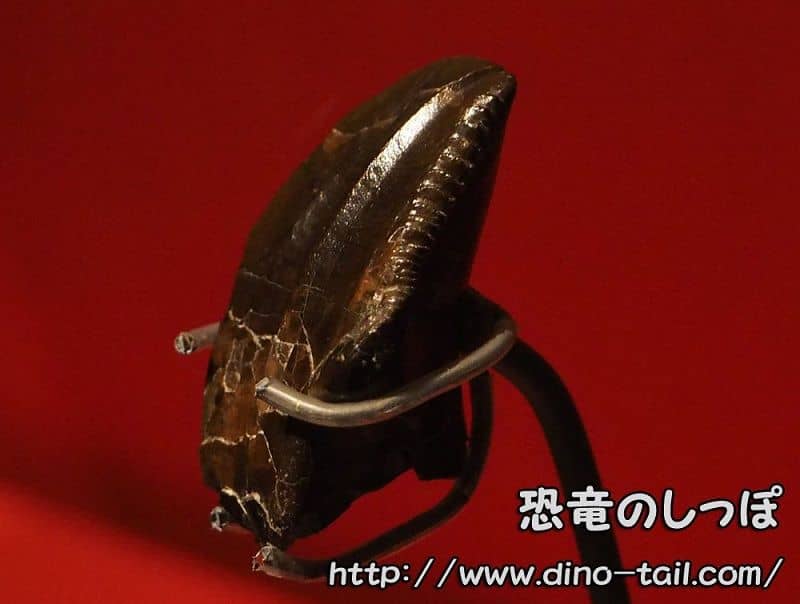
A historic fossil discovered in the very early days of dinosaur research.
(*1)
Although Iguanodon was the first dinosaur to be scientifically studied, Megalosaurus was the first to be named.
"Megalosaurus" (meaning "great lizard") was named in 1824, a year before Iguanodon's paper was published.
In 1841 (16 years after Iguanodon was described), Richard Owen, a leading authority in paleontology and comparative anatomy and the first director of the British Museum, used the term "Dinosauria" to collectively refer to the three giant reptiles discovered up to that time (Iguanodon, Megalosaurus, and Hylaeosaurus).
The Problem of Too Many Species: Iguanodon as a "Wastebasket" Taxon
Because Iguanodon was the second dinosaur ever named and was extremely famous, many ornithopod fossils discovered across Europe were once classified under the genus "Iguanodon." It had become a "wastebasket taxon," a category into which unidentified fossils were thrown.
However, recent detailed re-examinations have revealed that many of these "Iguanodons" were actually different genera of dinosaurs with distinct characteristics. For example, Iguanodon atherfieldensis has been given the new genus name Mantellisaurus , and Iguanodon dawsoni is now known as Barilium .
As a result, only Iguanodon bernissartensis , described based on the fossils found in the Bernissart coal mine in Belgium, is now considered to be the one and only true "Iguanodon."
